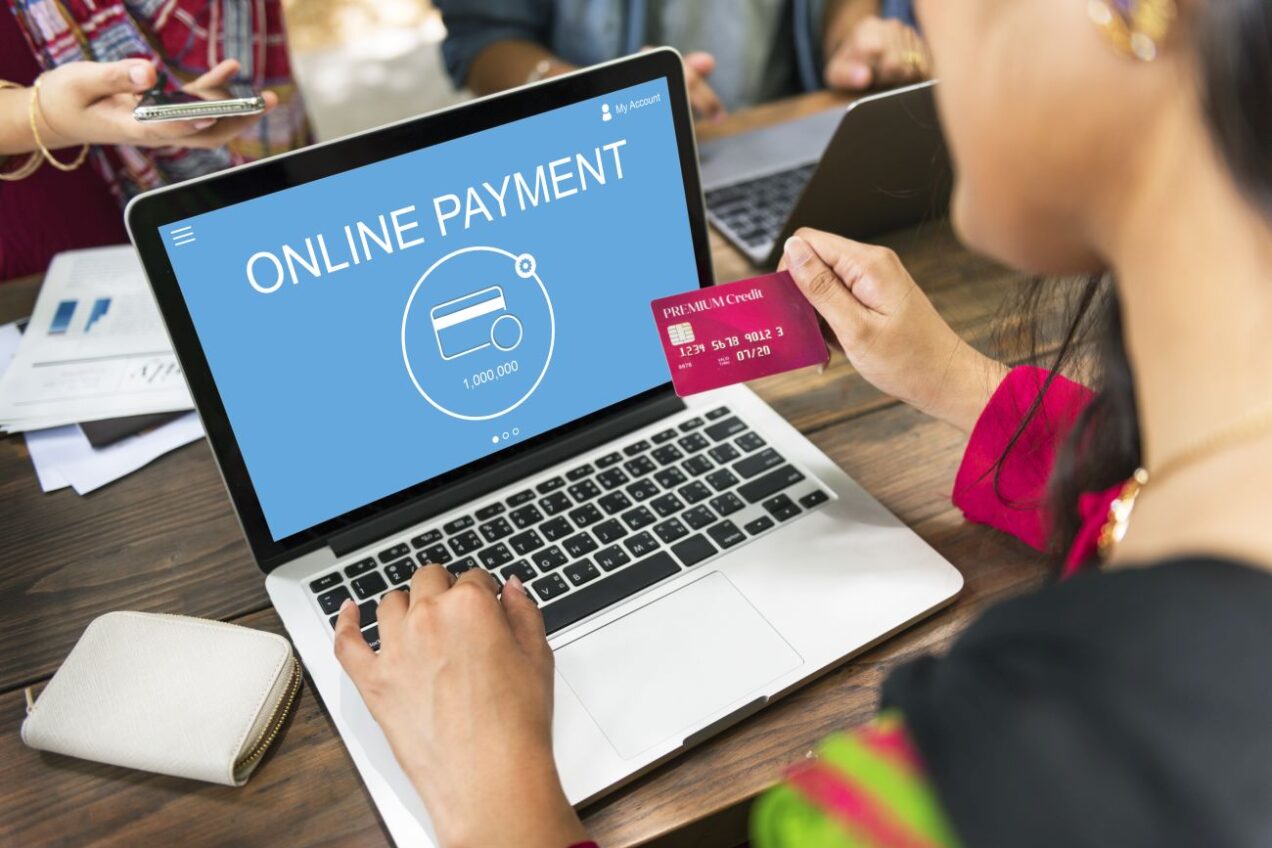
In today’s digital age, online transactions have become an integral part of our daily lives. From shopping to banking, the convenience of online payments is undeniable. However, with this convenience comes the ever-present threat of cyber-attacks. This guide explores how online payment gateways are evolving to counter these threats and ensure secure transactions.
Understanding the Cyber Threat Landscape
The rise of e-commerce and digital transactions has also led to an increase in cyber threats. Cybercriminals are becoming more sophisticated, employing advanced techniques to breach security systems. Payment gateways, which handle sensitive financial data, are prime targets for these attacks. A breach can lead to significant financial losses and damage to a company’s reputation.
The Evolution of Cyber Threats
Cyber threats have evolved from simple phishing scams to complex attacks involving ransomware, social engineering, and advanced persistent threats (APTs). These attacks are designed to steal sensitive information, disrupt services, and extort money from businesses. Payment gateways must stay ahead of these threats by continuously updating their security measures.
The Impact of Cyber Attacks
A successful cyber attack on an online payment gateway can have devastating consequences. It can lead to the theft of customer data, financial losses, and a loss of trust among customers. For businesses, this means not only financial repercussions but also potential legal liabilities and damage to their brand image.
Advanced Security Measures
To combat these evolving threats, payment gateways are implementing a range of advanced security measures. These measures are designed to protect sensitive data, prevent unauthorized access, and ensure the integrity of transactions.
Encryption
Encryption is the cornerstone of payment gateway security. It involves converting sensitive data into a coded format that can only be deciphered with the correct key. Payment gateways use strong encryption protocols like SSL (Secure Socket Layer) and TLS (Transport Layer Security) to protect data during transmission. This ensures that even if data is intercepted, it cannot be read by unauthorized parties.
Tokenization
Tokenization replaces sensitive payment information with a unique identifier called a token. This token is meaningless if intercepted, as it cannot be used to retrieve the original data without the corresponding key. Tokenization reduces the risk of data breaches associated with money transfers and simplifies compliance with security standards like PCI DSS (Payment Card Industry Data Security Standard).
Multi-Factor Authentication (MFA)
Multi-Factor Authentication adds an extra layer of security by requiring users to provide two or more verification factors to access their accounts. This could include something they know (password), something they have (smartphone), or something they are (fingerprint). MFA significantly reduces the risk of unauthorized access, even if a password is compromised.
Real-Time Fraud Detection
Payment gateways employ real-time fraud detection systems that use machine learning algorithms to analyze transaction patterns and identify suspicious activities. These systems can flag and block fraudulent transactions before they are processed, protecting both the merchant and the customer.
Compliance with Security Standards
Compliance with industry security standards like PCI DSS is crucial for payment gateways. These standards provide a framework for securing payment data and ensuring that businesses follow best practices. Compliance involves:
- regular security assessments;
- vulnerability scans;
- maintaining a secure network infrastructure.
Emerging Technologies in Payment Security
As cyber threats continue to evolve, so do the technologies used to combat them. Emerging technologies like blockchain and artificial intelligence (AI) are playing a significant role in enhancing payment security.
Blockchain
Blockchain technology offers a decentralized and immutable ledger for recording transactions. This makes it extremely difficult for cybercriminals to alter transaction data. Blockchain’s transparency and security features make it an ideal solution for securing payment gateways.
Artificial Intelligence and Machine Learning
AI and machine learning are being used to develop advanced fraud detection systems. These systems can analyze vast amounts of data in real-time, identifying patterns and anomalies that may indicate fraudulent activity. AI can also predict and prevent potential threats, allowing payment gateways to stay one step ahead of cybercriminals.
Behavioral Analytics
Behavioral analytics involves analyzing user behavior to detect unusual activities. By monitoring how users interact with the payment gateway, these systems can identify and flag suspicious behavior, such as multiple failed login attempts or unusual spending patterns.
Things to Remember
In the face of ever-evolving cyber threats, payment gateways must continuously adapt and enhance their security measures. By implementing advanced technologies like encryption, tokenization, and AI, they can protect sensitive data and maintain customer trust. As the digital landscape continues to evolve, so too must the strategies and technologies used to secure online payments. The journey to improve payment gateway security is ongoing, but with the right measures in place, businesses can navigate the complex world of cyber threats with confidence.
Promotional content
See also:
